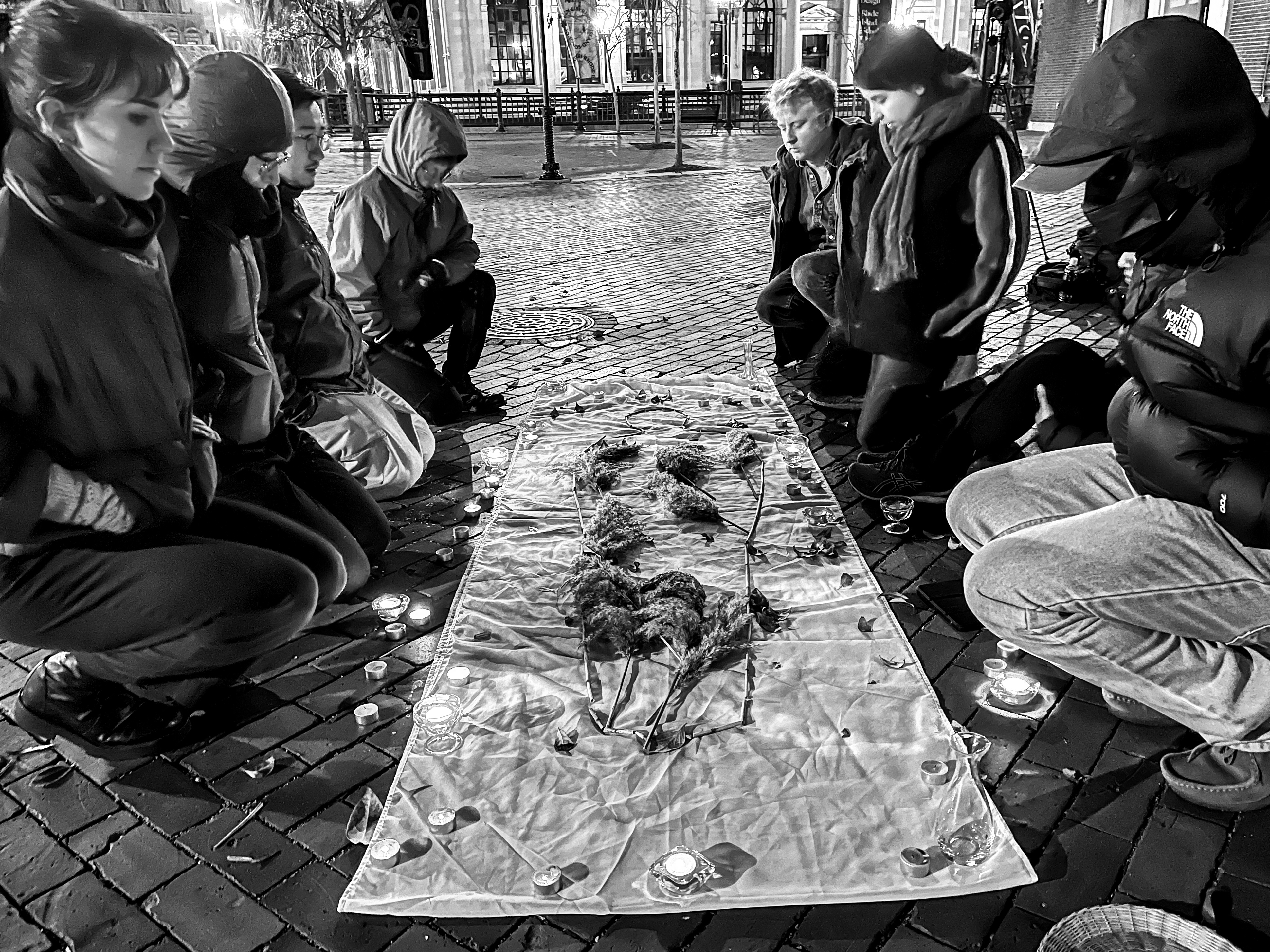Spring semester of 2023, I had the opportunity to design and install a monument which spoke to the marginalized histories of Snowtown Providence, a historically black community which was erased following the construction of the Providence Capital Building. What stood out to me the most during this research were the stories of women. Stories of resistance, stories of resilience, stories of survival. For the women of Snowtown, life was often described as a matter of keeping your head above water. Discriminatory laws and patriarchal values created countless barriers for women seeking independence. For many, ways of making a living were limited to roles as domestic servants, with very meager wages and limited freedom outside of the household. For those women who were looking for greater financial freedom, options were often limited to occupations considered illicit including the opening of boarding houses, the unlicensed sale of alcohol and sexwork.
Veils of Autonomy, is a tribute not only to the stories of resilience and resistance, embodied by the women of Snowtown, but a contemporary act of support for women in their continual fight for economic, social, political and bodily autonomy. The veiled lines are a reference to laundry lines, one of the most common domestic tasks women of Snowtown undertook to make a living. The symbol of the veil has a complex history in itself. Historically, veils have become a patriarchal symbol of femininity where “ideal” female traits of purity, modesty and chastity are emphasized.
Despite these contexts, Veils of Autonomy attempts to reclaim the veil not as a symbol of control, but rather one which embraces female autonomy. The monument is activated by human movement. As the visitor moves through the veiled lines, the fabrics of various transparencies rise, and fall behind the visitor, rendering them visible or invisible. The ability to be seen or unseen, functions as a metaphor for the rights to agency. Although this monument was inspired by studying the women of Snowtown, it alludes to contemporary struggles over autonomy experienced by women all over the world.
